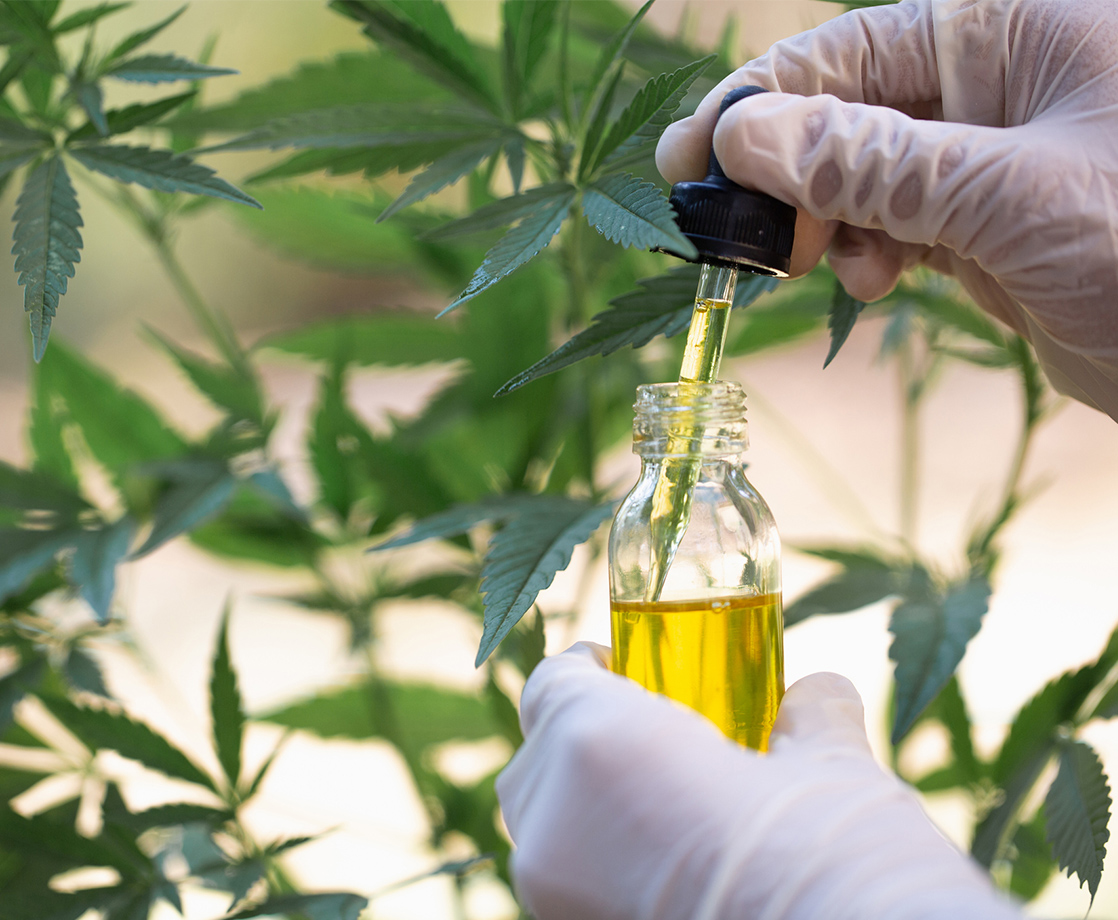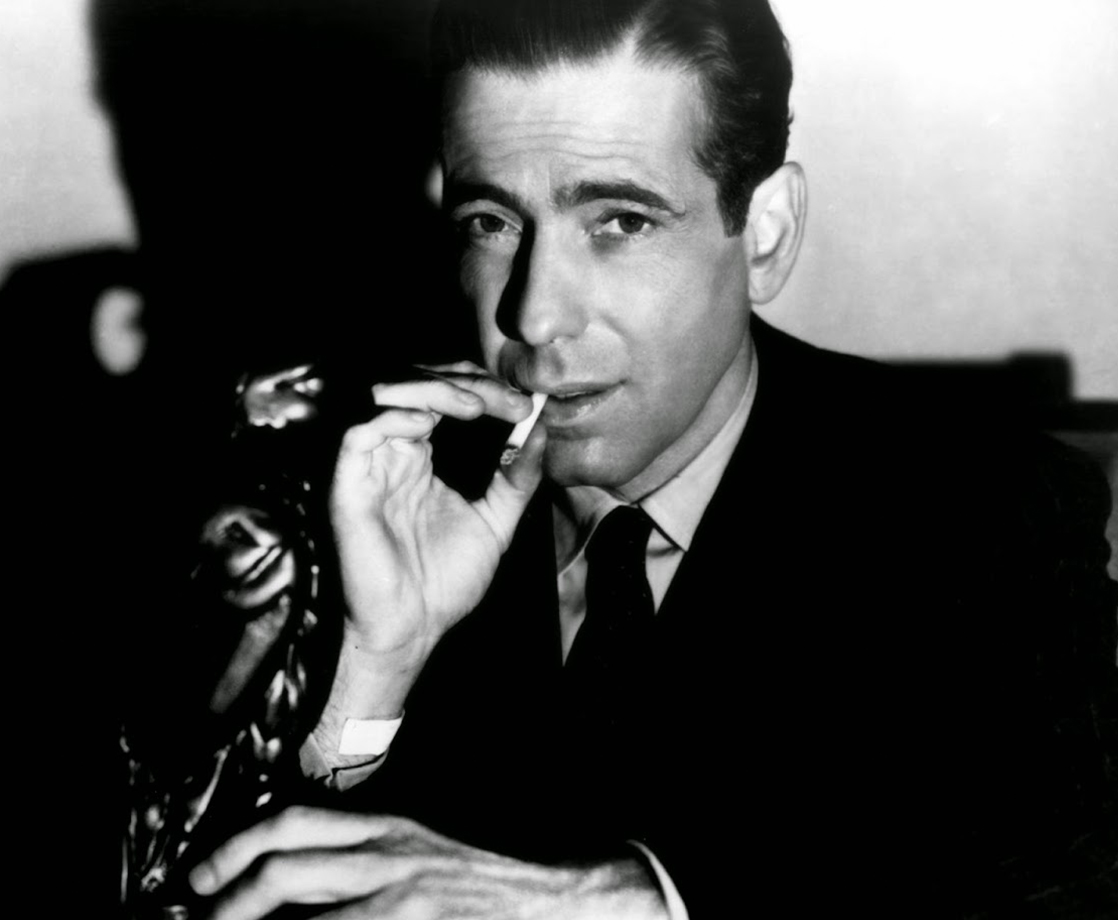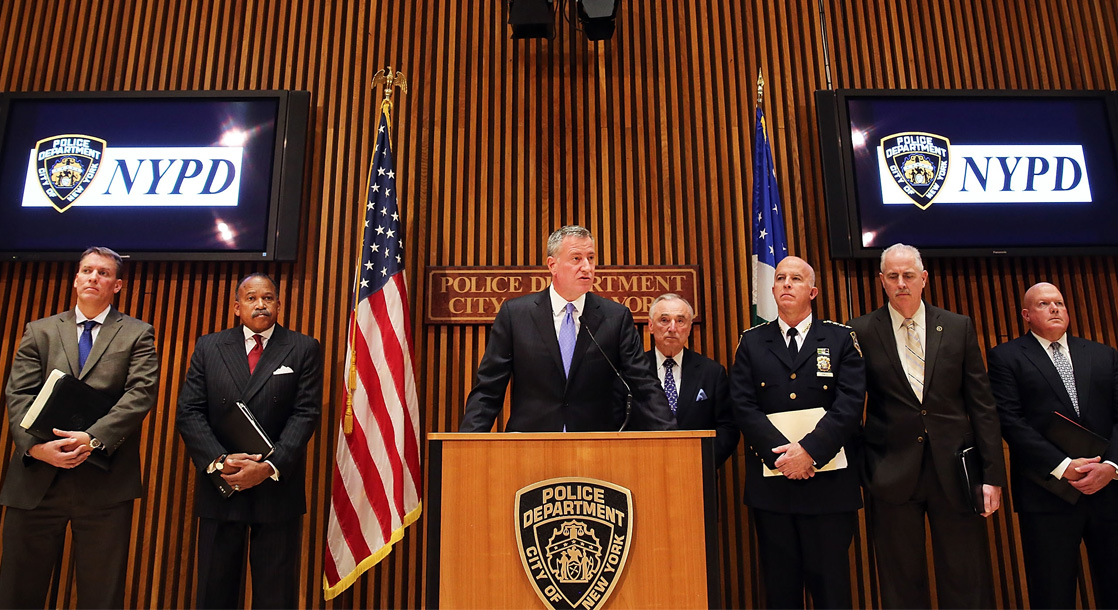Laura Lagano’s journey learning about health initially started with her mother. Her mom and her Italian nonna were incredible cooks, yet her mother had a negative relationship with food, which inspired Lagano to go to school and study nutrition. Fast forward many years and Lagano had earned a Master of Science in Nutrition Education, and became both a Registered Dietitian/Nutritionist and a Certified Dietitian/Nutritionist. She also gave birth to a daughter, Isabella, who suffered from developmental delay issues and seizures due to chromosomal duplication, a genetic ailment associated with autism spectrum disorder.
As Lagano started searching for new ways to combat her daughter’s challenges, she began studying marijuana and CBD after she heard that it was worked to combat seizures. Lagano never imagined she’d give her daughter cannabis — which she referred to as “dope” in college — but she found that it helped Isabella tremendously. Cannabidiol alleviated her daughter’s stomach issues, helped improve her focus, and managed her anxiety, which made a dramatic difference in her daughter’s life. Isabella, who doctors once said would never speak, is 22-years-old now, working in a cafe, and training to be a barista.
Inspired by her daughter’s success using cannabis, Lagano founded the Holistic Cannabis Academy in 2016 in tandem with lifelong friend and colleague, Donna Shields, MS, RDN. The online cannabis education program is designed to help people integrate cannabis with other healing methods, be it diet-related or otherwise. After appearing on The Food Network and CNN, along with being quoted in publications like The New York Times and Glamour,, a book publisher came calling. The result is Lagano’s new text, The CBD Oil Miracle: Manage Pain, Improve Your Mood, Boost Your Brain, Fight Inflammation, Clear Your Skin, Strengthen Your Heart, and Sleep Better with the Healing Power of CBD Oil.
The book explores all the different and specific ways that CBD can be used to help individuals afflicted by a variety of conditions, including acne, Alzheimer’s Disease, diabetes, insomnia, Multiple Sclerosis, PTSD, and schizophrenia. The book is laid out like a medical primer, highlighting various ailments’ causes, symptoms, and how CBD can work to treat them. All in all, Lagano makes a case for how CBD — when integrated with food and nutrition — can change lives.
MERRY JANE talked to Lagano to find out if all the hype about around CBD is legit, what unexpected benefits the cannabis plant can offer, how to cook with CBD, and if we, as a society, are moving toward a more natural and holistic way of approaching wellness in the food, cannabis, and medical industries.
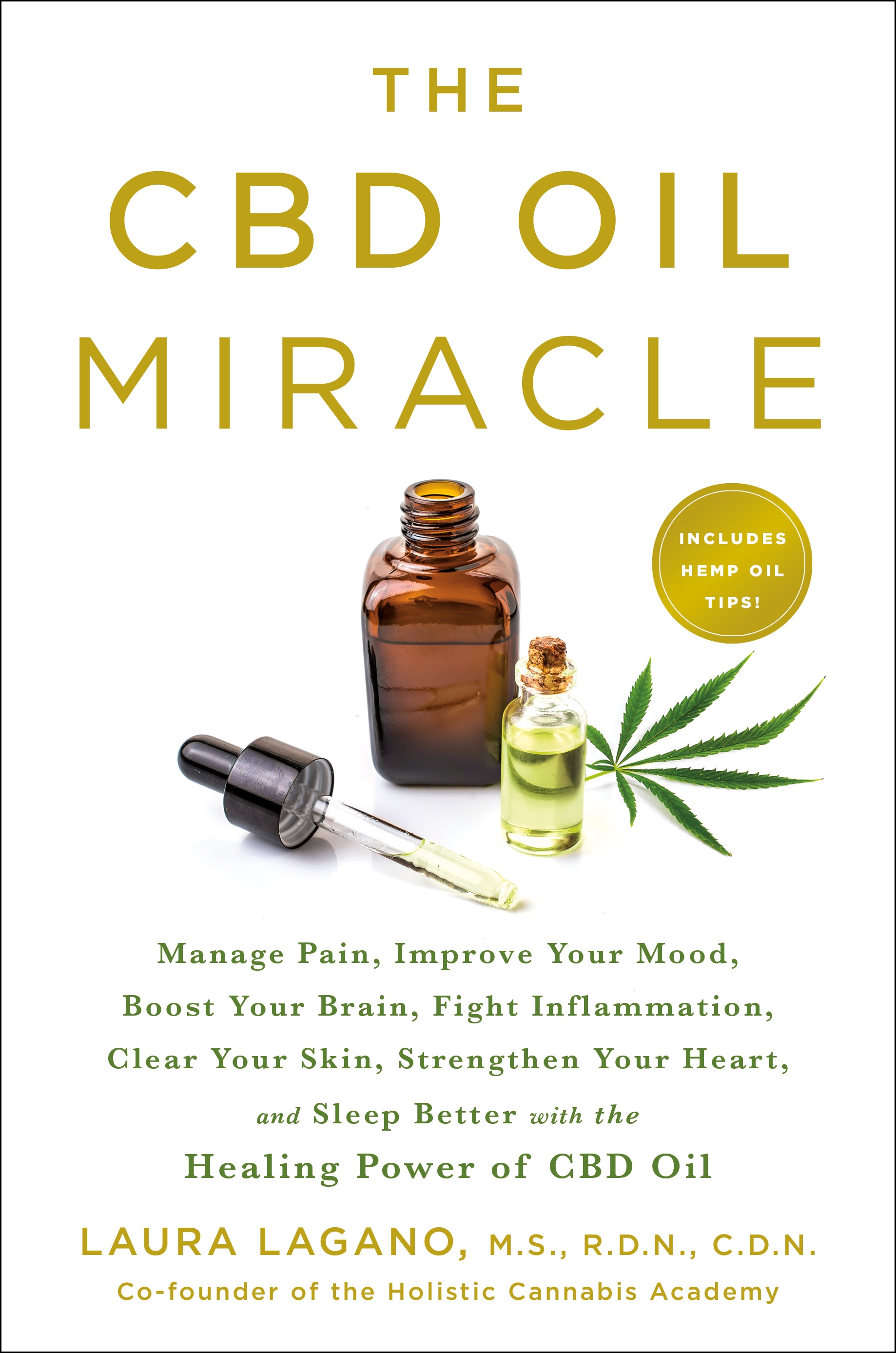
MERRY JANE: There’s been a ton of hype about CBD as its exploded onto the national consciousness, but what’s the reality?
Laura Lagano: CBD is definitely a good entry [point] for people accepting cannabis, the whole plant. Hemp is cannabis, but people get confused because hemp is classified as anything under 0.3 percent THC. People don’t understand that it’s the same plant. As far as whether or not CBD works, it’s a very potent anti-anxiety compound. The caveat I want to indicate here is that it doesn’t necessarily work for everybody across the board. So people have to understand who they are and what their interaction with the plant may be. You really have to be mindful about that. And there are certainly times, for specific health conditions and certain people, where THC is absolutely necessary. For many people with pain, THC is also required. But for insomnia and anxiety, CBD works extremely well.
In the book, I outline 32 conditions for which CBD has shown some amount of clinical [application]. It’s more like clinical testimonials from patients. And, of course, there are studies for several of the conditions, anxiety, insomnia, and pain in particular. We know that for patients with severe forms of seizures, CBD is already working because there’s a medication out there called Epidiolex. But many patients who have other types of seizures are also using CBD with very good effects. I don’t want people to go out and purchase CBD on their own, particularly when they have a very serious issue like epilepsy. They should be working with a healthcare professional to determine what the [proper] dose is.
In your research and application, what other benefits does CBD and THC offer?
CBD is a very potent anti-inflammatory, and a big piece of what happens with aging is oxidation. We get wrinkles on our skin primarily because of oxidation and oxidative stress, which is related — of course — to inflammation. Aging is certainly not a disease, but oxidative stress and inflammation are what creates aging. Besides overall wellness, people are also using CBD to regulate their mood, whether it’s for depression or anxiety. A lot of people refer to CBD as being non-psychoactive, but that’s really technically not true. The reason why CBD works is because it is psychoactive. It doesn’t necessarily mean that it gets you traditionally high, but it works with mood disorders because it’s psychoactive.
I live in St. Louis, Missouri, and I’ve noticed a lot of CBD products are cropping up everywhere, especially creams and sprays. How do you know if you are getting the real thing or not?
That’s a tough one. I have a section in the book [with] guidelines on selecting CBD and have more information on my website. It’s tough because there are too many choices — and we know what happens when there are too many choices. I’m not a big fan of just going on the internet and typing in CBD and selecting a product. You really have to know what you’re selecting. You should get a recommendation from a healthcare professional, for sure. I don’t think you want to go online and just buy CBD randomly.
I have a whole bunch of recommendations in the book of what you need to look for with CBD. Knowing your farmer is very helpful, and I think for a lot of states, there’s a lot of CBD manufacturers that are small [and] you can find out who they are and where they’re growing their hemp. You have to call the company and ask them questions about their Certificate of Analysis. I think it’s very helpful to know if the product is organic. There are very few products that are [grow using] organic [methods]. So it’s very difficult to know.

Above, Laura Lagano, photo courtesy of Bill Weinpahl
What about cooking with CBD? What’s your take on that?
You can add oil to foods. When you’re cooking with it, generally people are adding it at the end of the cycle of cooking, because you don’t want too high of a temperature. There are so many foods out there now that contain CBD, even though the FDA is very murky on the legality of CBD as an ingredient, and even as a supplement. Adding it to a drink, like coffee, [is] a much easier way to consume it. Or adding it to some sort of a sauce or a condiment that you make at home. That way it’s more controllable to know how much you’re taking in because you don’t necessarily want to add it with abandon to everything. There’s an upper limit of how much people may be able to consume.
The book also talks about CBD and pets. How can CBD benefit your dog’s wellness?
People are willing to spend a lot of money on their pets. Most people are giving CBD to their pets to regulate their pet’s behavior. That’s probably the number one [reason], as well as to create a shiny coat. I meet people on the street all the time who know me and tell me, ‘I’m giving my dog CBD along with fish oil, and he’s got a much shinier coat that he has previously.’ Those are the two primary reasons why people are giving CBD to their pets.

Recently CVS announced its moving into the CBD market. Do you think it’s the right move for the industry to get big chain stores involved with distribution?
It’s pretty interesting that some of these chains will be selling CBD but not cigarettes. These businesses are out to make a profit, but that’s also going to give consumers access. I hope that these big chains select good quality products. I could liken that to fish oil.
Years ago, fish oil was very big on the market and there was a lot of hype surrounding it. And then people started realizing, wait a minute, we better watch out what kind of fish oil we use because fish oil could be tainted with heavy metals. It better come from a pure source. The same thing is going to happen with CBD because CBD is a bio-accumulator. We know that it actually does suck up heavy metals. I think we’re going to see a consolidation eventually of CBD companies and brands.
When you were writing the book, what surprised you the most about CBD or how it’s used?
What’s surprising are some of the new studies and research that’s being done that haven’t been published. The biggest surprise was looking at the impact that it may have with diabetes. And actually with Type 1 diabetes in restoring the islets of Langerhans in the pancreas. That’s pretty amazing.
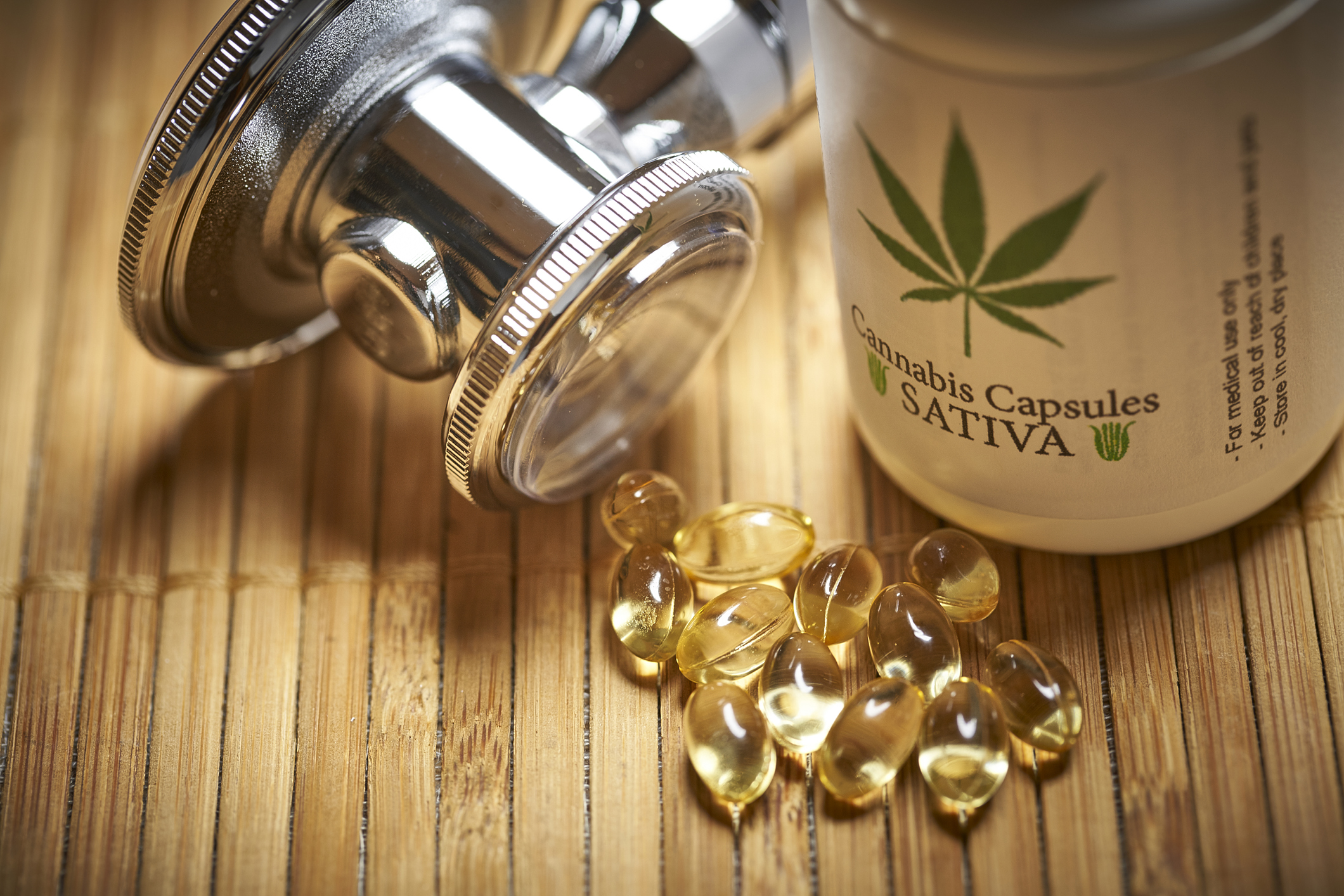
Do you think we’re heading to a more natural way of wellness in the medical and food industries with CBD and cannabis?
I absolutely think that cannabis — with or without THC — is leading the way for personalized lifestyle medicine. But people have to be willing to do the work because this also involves changing behaviors. This is not as simple as taking a pill. I’ve been a registered dietician/nutritionist for a while and changing food habits is one of the most difficult things to do. As an integrative and functional nutritionist, I’m looking at root cause resolution.
When somebody comes to me, they’re talking to me about what conditions and symptoms they have. I try to get to the root of what may be causing those symptoms or triggering them. And obviously, often times, [it’s] diet and other lifestyle behaviors. We talk about changing food, obviously, and other lifestyle behaviors. Adding in supplements, and sometimes adding in CBD, or I might refer them to a [doctor] for medical marijuana recommendation. But I don’t do any of that without changing behaviors first.
I am not a proponent of adding either THC-containing marijuana or hemp-derived CBD without first looking at what else is going on in your life. I’ll give you a great example, an easy one: insomnia. A lot of people have insomnia, and this is classically what happens in my practice: people will come in, they talk about insomnia as one of their side effects. And they might be taking Ambien. Unfortunately, many medical marijuana recommenders just replace Ambien with cannabis.
That’s really not what we’re talking about. We’re talking about integrating cannabis into a holistic health program to help with insomnia. Meaning, you have to see what else this person doing that may be interfering with sleep. Whether it has to do with what they’re eating, electronics, or exercising too late at night. There are many things. And there are other ways to encourage somnolence other than just adding marijuana or CBD. I think we have to be careful about that.
The takeaway is that cannabis, as a plant, is leading the way for personalized lifestyle medicine. And it’s something that we can look at to integrate into our health and wellness plan, as long as we’re making those other changes.
“The CBD Oil Miracle” by Laura Lagano is out now — order your copy here


